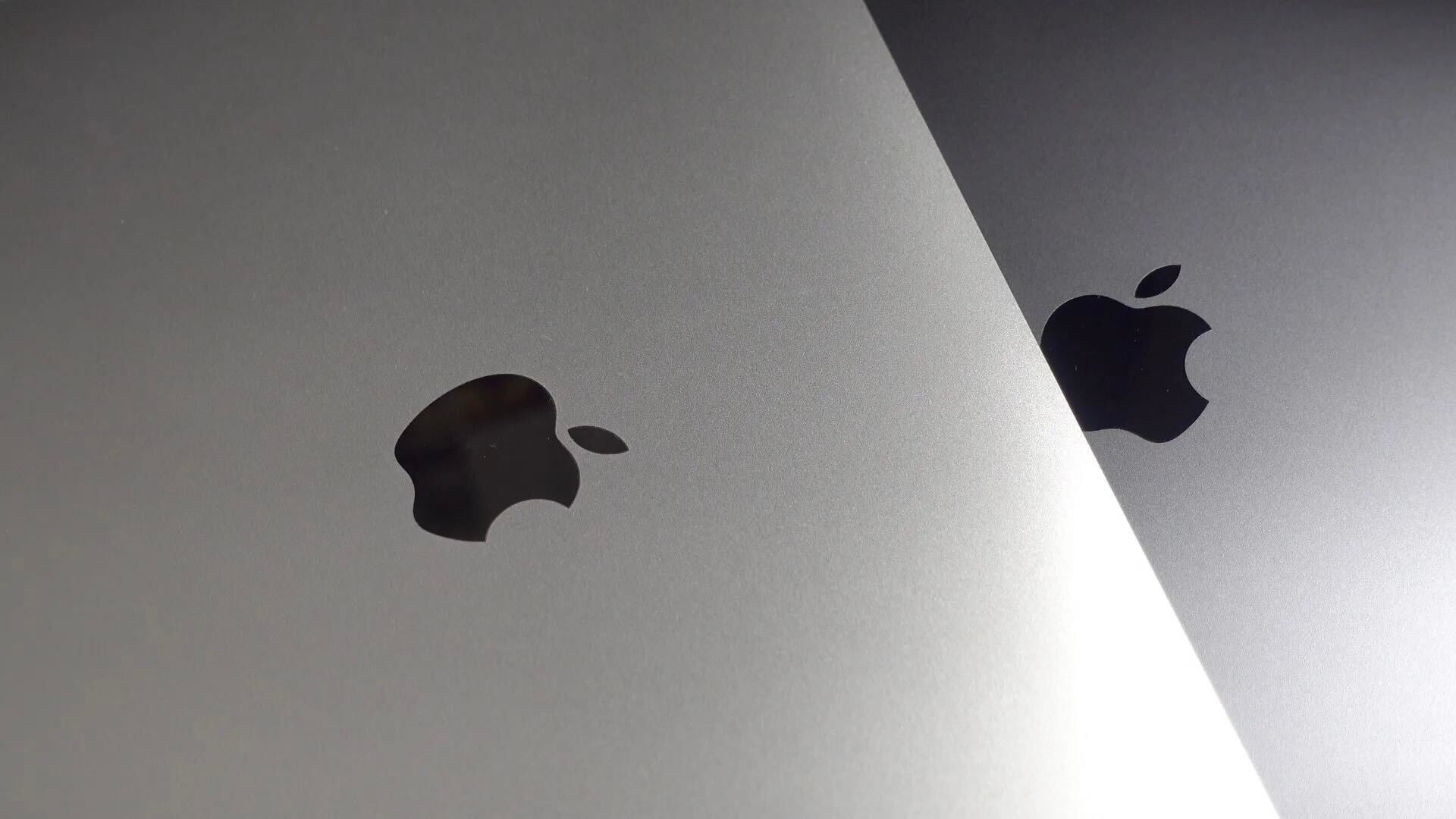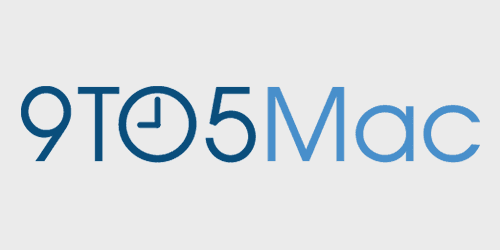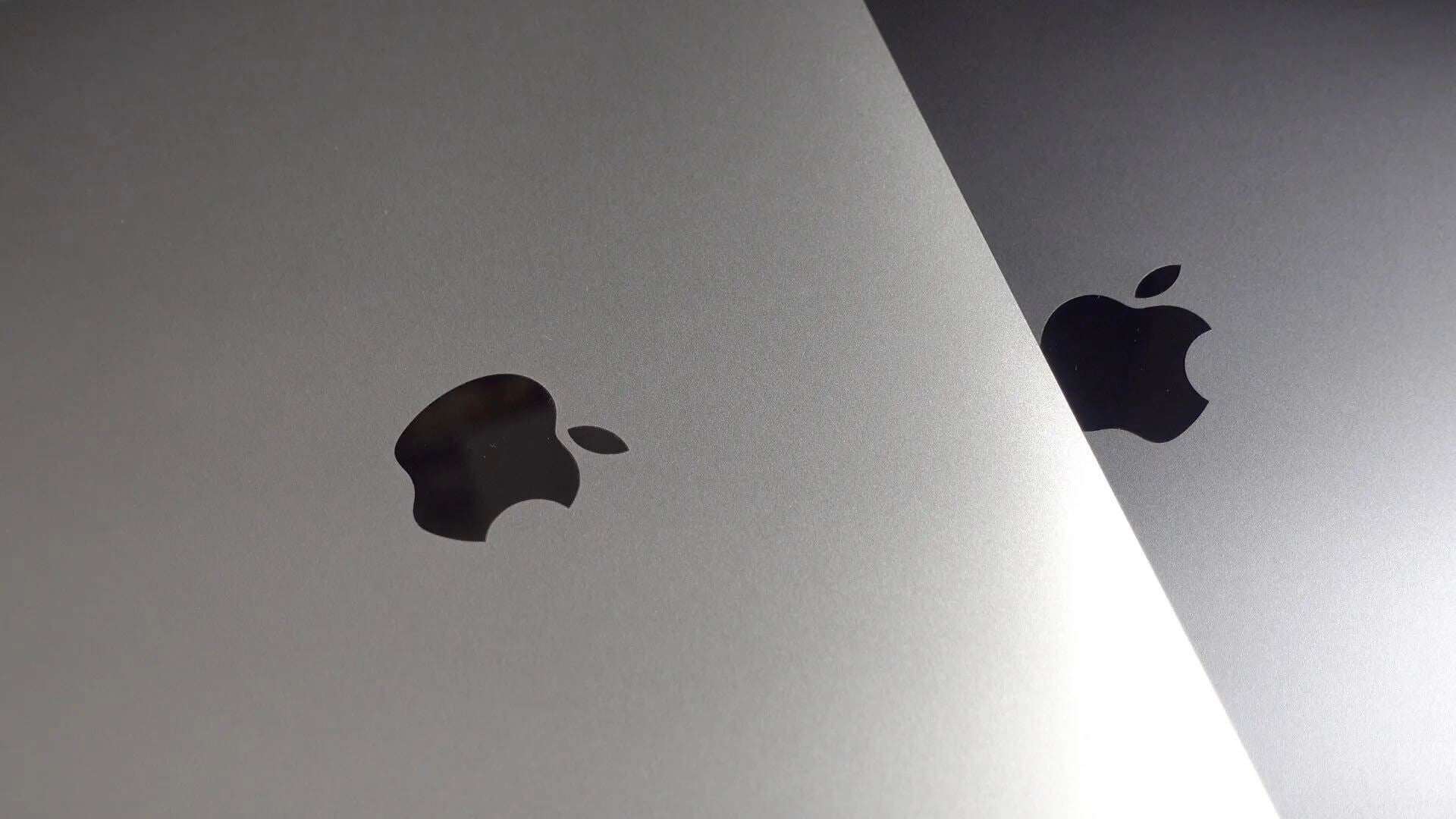Viture One XR glasses could be my Vision Pro stand-in for now
I’ve previously said that much as Vision Pro looks insanely impressive, I’m still not expecting to hand over my cash…

I’ve previously said that much as Vision Pro looks insanely impressive, I’m still not expecting to hand over my cash…

One piece of tech which has proven slow to, uh, take off is an electronic baggage tag to replace the…

I know, the idea that iPhones will replace DSLRs seems pretty crazy today. But already a little less crazy than…

AT&T is suffering from what appears to be a widespread voicemail outage. Despite the fact that the outage has been…

Amazon has now launched IMDb TV iPhone and iPad apps, letting US Apple users easily stream a mix of popular…

London Underground mobile coverage is being extended to all stations and tunnels by the end of 2024. However, at present…

It’s Mobile World Congress this week in Barcelona, which means most of Apple’s competitors are unveiling their upcoming smartphone lineups…

Apple has apparently hit the delete button on a proposed rifle emoji that was previously accepted. Unicode, the group behind the…

Satechi is launching a nice-looking new dual USB car charger that comes in iPhone-matching gold, silver, and space gray.

Nokia announced today plans to purchase Withings, maker of many popular healthcare related accessories and companion apps for iPhones and…

Following the Nest Cam outed by Best Buy earlier this morning, Nest did in fact take the stage today to announce its…

Apple has changed its policy regarding permissions required to build and run apps on devices. Until now, Apple required users to pay…

Jay-Z’s recently launched Tidal music streaming service, a competitor to Apple’s own services in more ways than one, is today…

The lawsuit between Oracle and Google is inadvertently revealing some confidential information about the companies. It has already been disclosed that…

Apple has finally managed to secure a sales ban over some Samsung phone features that infringe on its patents and intellectual…

The Financial Times is reporting that Microsoft has purchased popular third-party keyboard maker SwiftKey for $250 million. While SwiftKey is most…

IDC is out with its latest report on worldwide tablet shipments following Apple’s Q1 2016 earnings and in the report…

Ok, I officially want to be a kid again. Actev is this weekend launching the Arrow Smart-Kart. For kids aged…

T-Mobile has announced its latest “un-carrier” initiative, dubbed “Un-carrier Unwrapped.” Rather than a permanent addition to the company’s offerings, Un-carrier…

Last week, I wrote an article called The Top 10 Android Features Apple’s iOS 10 Should Steal, and — surprise…

Earlier this week, I wrote about the surprisingly good Motorola Moto G (2nd Gen) phone I was testing at our publisher’s…

Update: The TAG Heuer Connected is now official. It goes on sale for $1500 very soon, has a 46mm case,…

Android smartphone maker OnePlus is no stranger to unusual marketing tactics. Whether it’s because it’ll only sell phones to those with…

As promised by Eddy Cue earlier in the year, Apple has now raised the limits on iTunes Match and…